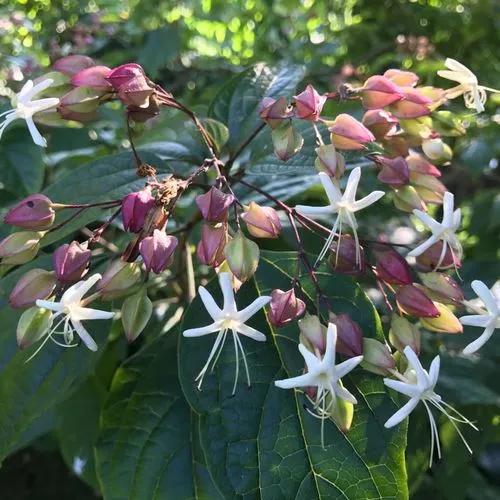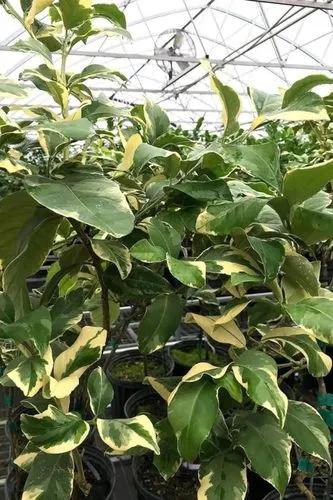Fraxinus profunda, the pumpkin ash, is a species of Fraxinus (ash) native to eastern North America, primarily in the United States, with a scattered distribution on the Atlantic coastal plain and interior lowland river valleys from southern Maryland northwest to Indiana, southeast to northern Florida, and southwest to southeastern Missouri to Louisiana, and also locally in the extreme south of Canada in Essex County, Ontario. The pumpkin ash tree is native to swampland areas. It is a tree that is very important environmentally and economically.
Pumpkin Ash Care
Fraxinus Profunda



Fraxinus profunda, commonly called pumpkin ash, is a large deciduous tree with a narrow open crown that matures over time to 60-80’ (less frequently to 125’) tall. Although native in scattered populations from New York to Missouri south to Florida and Louisiana, pumpkin ash is most often found growing in moist to wet locations in swamps, floodplains, wet bottomlands, river valleys and low areas, especially along the Mississippi and Ohio Rivers from southern Indiana south to central Arkansas and on the southeastern coastal plain from southern Virginia to the Florida panhandle. In Missouri, it is native to swampy lowland areas in the far southeastern corner of the state (Steyermark). It is often seen growing in the same areas as bald cypress, swamp cottonwood and water tupelo. In its wettest locations, particularly in sites where standing water remains well into the growing season, the trunk of this tree becomes swollen or buttressed (often pumpkin-shaped as the common name suggests) at the base in a manner somewhat reminiscent of bald cypress (see Taxodium distichum). Pumpkin ash features large compound leaves (to 9-18” long), each with 7-9 elliptic to lanceolate leaflets that are yellowish-green to green above and pale-hairy beneath. Leaves turn bronze to purple red in fall. Pumpkin ash is primarily dioecious (separate male and female trees), with ornamentally insignificant greenish male and female flowers appearing in April-May. On female trees, fruits (winged samaras to 3” long) mature in August-October in drooping clusters.
How to Care for the Plant

Popularity

42 people already have this plant 6 people have added this plant to their wishlists
Discover more plants with the list below
Popular articles






